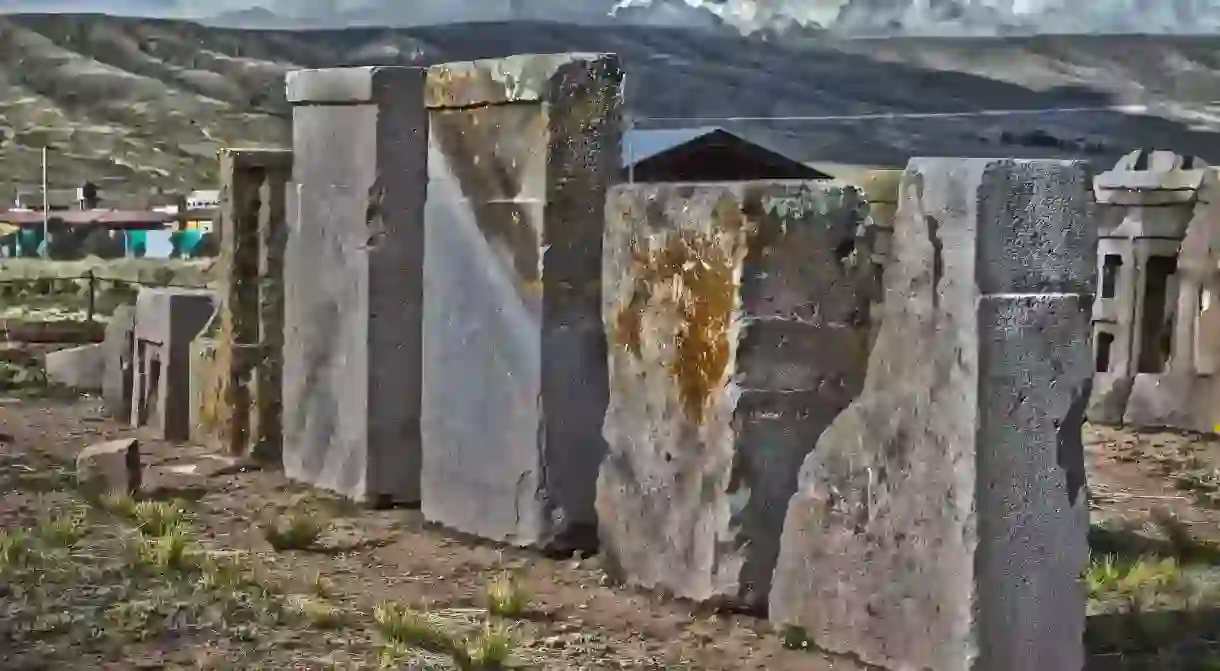10 Things to Know Before Visiting Tiwanaku, Bolivia

As one of the most important archeological sites in South America, the expansive ruins of Tiwanaku ruins are a must for any visiting history buff. And while the visually astounding Inca citadel of Machu Picchu undoubtedly steals the limelight, the historical importance of Bolivia’s Tiwanaku is difficult to overstate. Here are 10 things you should know about this fascinating site before you see it for yourself.
It predates the Incas
By a considerable margin, in fact. The Tiwanaku people first arrived in the area around 200 BC, constructing primitive settlements which eventually evolved into a technologically advanced megacity.

It was around for an awfully long time
The city’s decline began at about 900 AD, and it wasn’t totally abandoned until the turn of the millennium. This 1,200-year period of continuous habitation is far longer than any Inca site, not to mention most ancient civilizations in the world.
Everyone died
Around 900 AD, a severe drought hit the region and was thought to have lasted for several generations. Subsequent widespread crop failures caused inhabitants to either migrate or starve, effectively putting an end to Tiwanaku by 1000 AD.

The Incas once occupied the site
As part of their continent-wide expansion, the Incas overtook the remains of Tiwanaku in the 15th century. In order to exert their dominance, they were said to have displayed the heads of rival chieftains on spikes and made belts out of their skin.
The Tiwanaku were technologically astute
The Tiwanaku were masters of agriculture, constructing elaborate irrigation systems that siphoned water from nearby Lake Titicaca. Furthermore, they were adept astronomers who developed a keen understanding of the sun, the moon, and the stars.

It was once the most important city in the Andes
During its peak towards the end of the 8th century, Tiwanaku was the most significant urban center in the entire Southern Andes, with influence stretching as far as modern-day north Argentina, Chile, and Peru.
It housed a heck of a lot of people
Estimates vary, but most scholars agree Tiwanaku’s population could have reached 70,000 during the most prolific years.

There are still plenty of unknowns
As the Tiwanaku never had a written language and much of the site remains unexcavated, the city is still shrouded in mystery. For example, nobody is quite sure how they could have moved those mammoth 25-tonne rocks!
The Aymara still celebrate the New Year there
Bolivia’s indigenous Aymara, who partly descend from the Tiwanaku, hold a lavish New Year’s celebration at the ruins on June 24 each year. Dressed in traditional Andean clothing, revelers chew coca leaves and drink singani before climbing to the peak of the temple at dawn to welcome the first rays of the new year.














